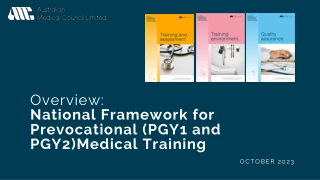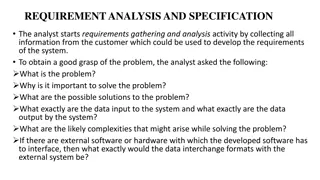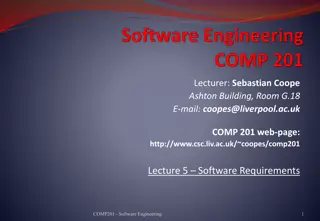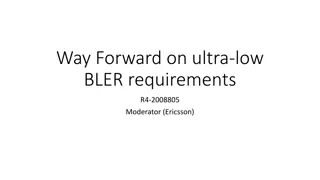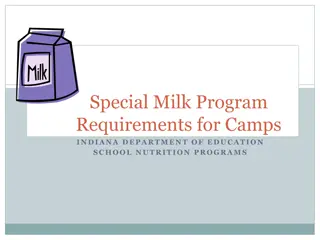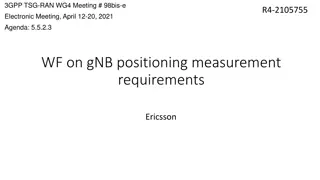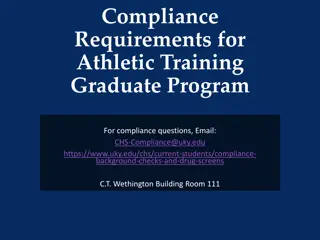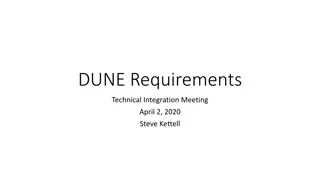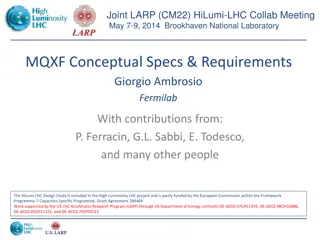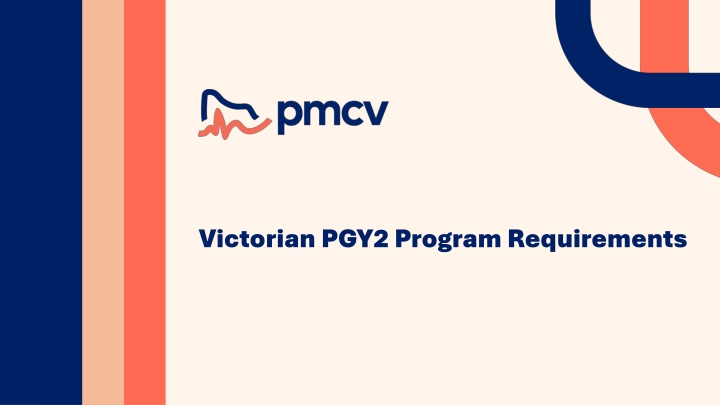
Victorian PGY2 Program Requirements and Future Changes
Discover the current and future state of the Victorian PGY2 program requirements, including the shift towards national consistency, broad generalist exposure, and new accreditation requirements. Changes from 2025 onwards aim to eliminate streaming, introduce rotation planners, and enhance clinical experiences for prevocational doctors in Victorian health services.
Download Presentation

Please find below an Image/Link to download the presentation.
The content on the website is provided AS IS for your information and personal use only. It may not be sold, licensed, or shared on other websites without obtaining consent from the author. If you encounter any issues during the download, it is possible that the publisher has removed the file from their server.
You are allowed to download the files provided on this website for personal or commercial use, subject to the condition that they are used lawfully. All files are the property of their respective owners.
The content on the website is provided AS IS for your information and personal use only. It may not be sold, licensed, or shared on other websites without obtaining consent from the author.
E N D
Presentation Transcript
CURRENT STATE Most Victorian health services currently offer streaming in PGY2 Medical, Surgical, Critical Care and General pathways Victoria is the only jurisdiction that offers streaming in PGY2 Entry into BPT1 (vocational training) is allowed at PGY2 Victoria is one of the onlyjurisdictions that offers intro into BPT1 at PGY2 level To date there has been no formal overarching PGY2framework
FUTURE STATE AMC REQUIREMENTS From 2025, all PGY2 programs nationwide are required to meet the following requirements Maximum of 25% of the clinical year in a single subspeciality Maximum of 25% of the clinical year in service rotation Rotations in: Clinical Experience A: Undifferentiated Illness Clinical Experience B: Chronic Illness Clinical Experience C: Acute and Critical Illness The traditional PGY2 streaming approach used in many Victorian Health Services will be superseded by the requirement for prevocational doctors to meet the AMC Clinical Experience classifications.
WHAT DOES THAT MEAN FOR VICTORIAN HEALTH SERVICES? National consistency Broad generalist exposure Equitable training environments And NEW Accreditation requirement
FUTURE STATE: 2025 Health services are required to remove streaming and create rotation planners that meet the Victorian PGY2 Program Guidelines. If a health service cannot meet these requirements in 2025, this should be discussed with PMCV as exceptions may be permitted on a case-by-case basis. NB: The decision to continue BPT1 in PGY2 in 2025 is at the discretion of the health service.
FUTURE STATE: 2026 All health services must meet the requirements outlined in the Victorian PGY2 Program Guidelines Providing exposure to Clinical Experience A, B and C in the setting of a generalist approach to the year.
CLINICAL EXPERIENCE A:Undifferentiated Illness Patient Care For a rotation to meet the requirements of Clinical Experience A, the Prevocational Doctor must be actively involved in the assessment and initial management of the patients during the rotation. This includes the opportunity to be the first assessor of patients and to develop management plans. Term Descriptions will need adequate evidence to support the Clinical Experience classification.
CLINICAL EXPERIENCE B:Chronic Illness Patient Care The Prevocational Doctor must be actively involved in the chronic care management of the patients during the rotation. It is not sufficient that the patients typically have co-morbid chronic illnesses if the Prevocational Doctor is not actively involved in managing these conditions. The Prevocational Doctor should also be provided with the opportunity to consider the longitudinal impact of the patient s current condition. Term Descriptions will need adequate evidence to support the Clinical Experience classification.
CLINICAL EXPERIENCE C:Acute and Critical Illness Patient Care The Prevocational Doctor must be actively involved in the acute care management of patients. Term Descriptions will need adequate evidence to support the Clinical Experience classification.
SIX MONTH ROTATIONS It is acknowledged that at times 6-month rotations have been undertaken in PGY2 programs previously. There are some circumstances where this may still be permitted: The rotation is part of a diploma or certificate qualification The 6-month rotation involves allocation to a specialtywith two subspeciality components There is a requirement to work for six months in those rotations at PGY2 level for entrance into the specialty program The whole year combination for the Prevocational Doctor provides exposure to Clinical Experience A, B and C
SERVICE ROTATIONS It is acknowledged that in some instances there are service rotations that could be allocated a Clinical Experience classification. Criteria: Must have clear supervision Mut have robust orientation Must be taken in context of whole year (how much cover/nights embedded in other rotations) Must be predominantly in one specialty group Without a Clinical Experience classification, PGY2 doctors may still complete Service Rotations as up to 25% of their 47 weeks.
PMCV REVIEW AND ENDORSEMENT PROCESS An outcome of review letter will be provided by the PMCV Accreditation Committee within 6-weeks of submission. 1st of August 2024 All health services must submit all PGY2 Term Descriptions (vocational and non-vocational) and evidence to support the Clinical Experience classification to PMCV for review. NB: The same rotation may be approved for a different Clinical Experience in a different health service as the classification will be dependent on the local clinical context, patient case mix and available learning opportunities. 1st of September 2024 All health services must submit PGY2 Rotation Planners to PMCV for review.

